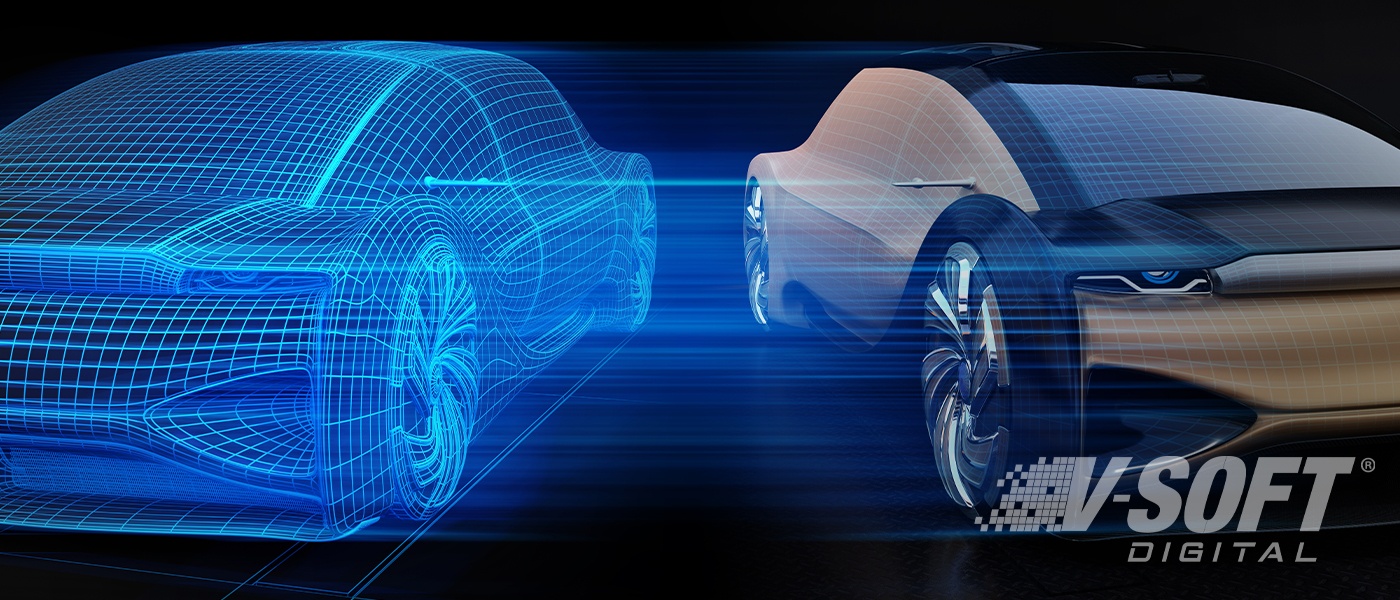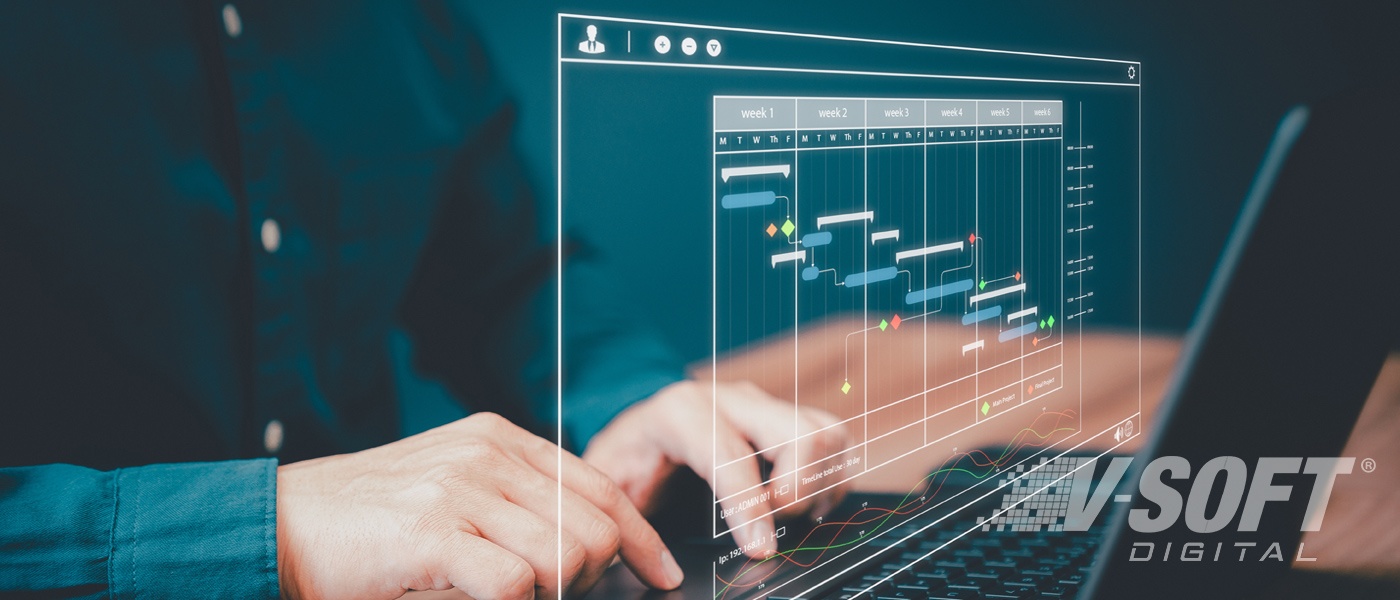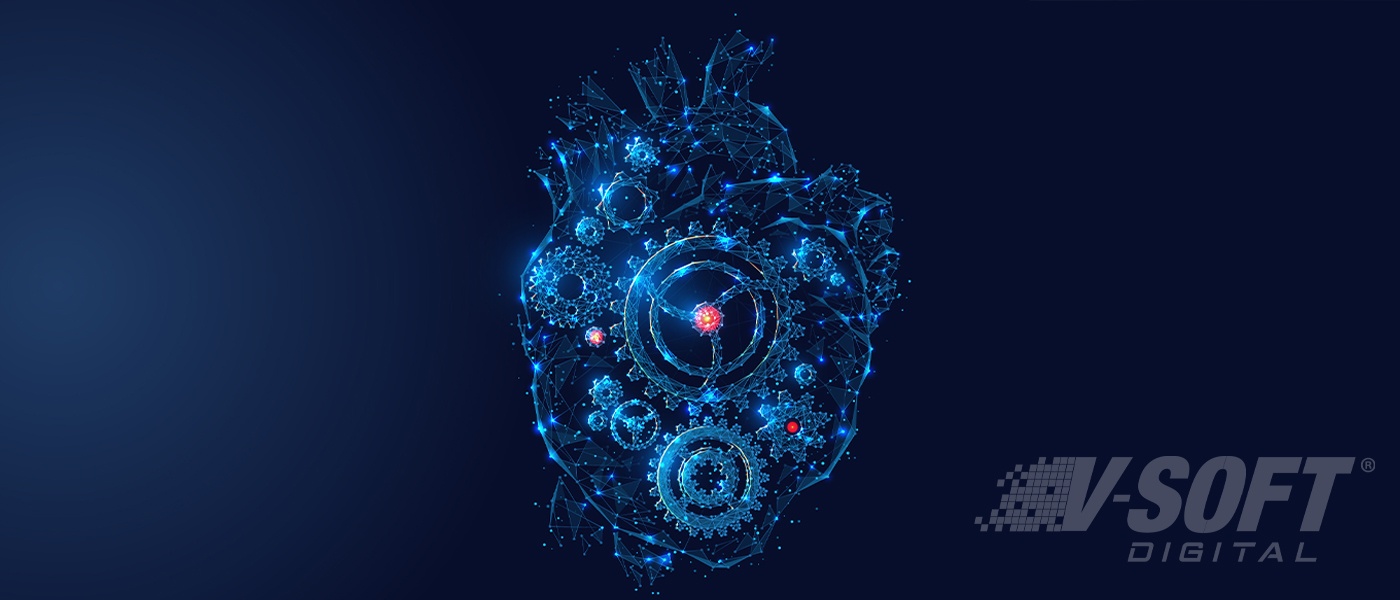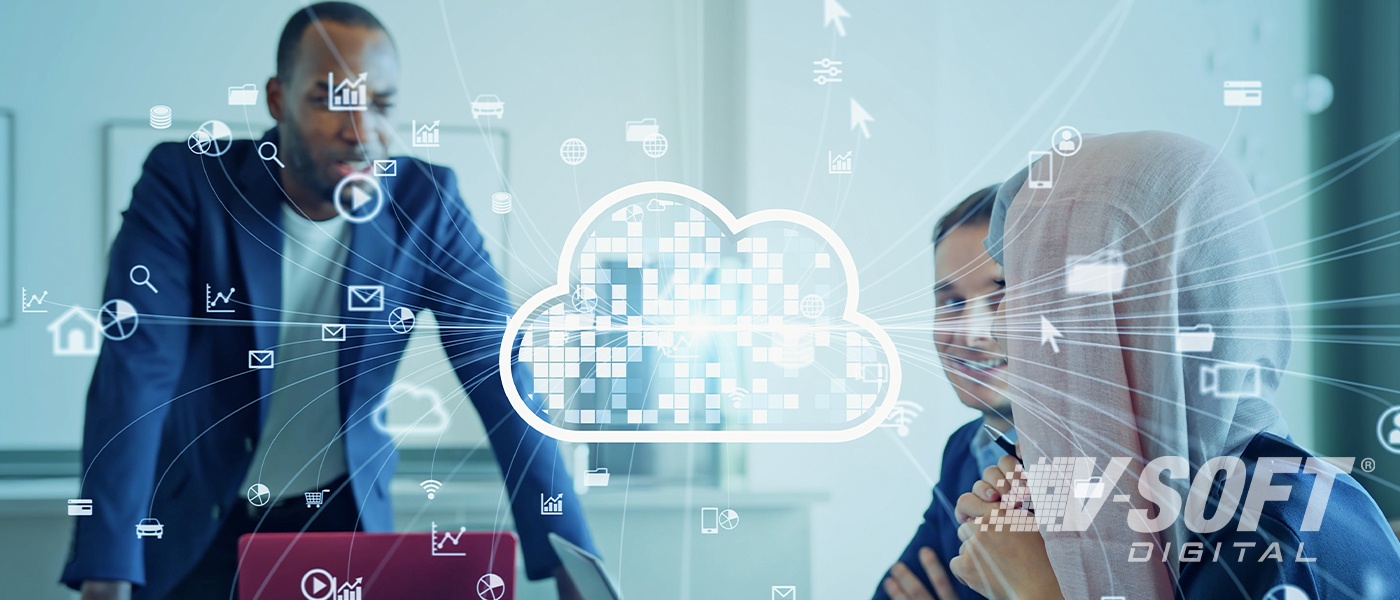How AWS Cloud is Helping to Build Digital Twins for Manufacturing
Digital transformation and Industry 4.0 are rapidly changing the face of the manufacturing industries. The concept of digital twins has been around for some time but has seen renewed interest as businesses increasingly adopt newer and innovative technologies to boost their revenue and increase efficiency. Internet of Things (IoT) and particularly Industrial Internet of Things (IIoT) have further sparked interest of manufacturers in the concept of digital twins. A digital twin is a digital representation or digital counterpart of a system, physical object or process. The use of digital twins gives manufacturers insights into their operations, helping them to identify potential issues before they occur. It also helps them optimize their performance based on the insights.
With digital twins, each modification made to one is immediately reflected in the other. This is because real-time data flows in both directions between the physical object or system and its digital representation. The performance of physical items can be ascertained in real-time by providing digital objects with real-world data. Moreover, digital representation can synchronize and reflect people and processes, giving detailed insights into parts of operations that have previously been entirely unreachable.
Key Elements
A digital twin is made up of the following key elements –
- Physical System – The actual real-world systems such as factories, industrial equipment, or ecological system.
- Digital Representation – The digital representation is a model that simulates the behavior of the physical system and can provide an output based on input.
- Connectivity – IoT sensors are put on the actual device to collect data and integrate it using different technologies. As an alternative, gather data on assets on-site using LIDAR scans or drone photos, then recreate them in 3D using various methods.
- Business Results – Model validation verifies that the model serves the intended function. A verified model offers a snapshot of an object’s behavior at a certain time. Using a validated model in a digital twin has the benefit of extending its life span where the item and its behavior may undergo significant change.
AWS Services That Can Help Build Digital Twins
Building digital twins for manufacturing in the Amazon Web Services (AWS) cloud is an effective way to leverage the power of cloud computing and big data analytics. AWS provides a range of services that can be used to build, deploy, and manage digital twins.
AWS IoT Core – Can be used to connect devices and sensors to the cloud.
AWS IoT Analytics – Is used for processing and analyzing IoT data.
AWS Glue – Is a serverless data integration that makes discovery, preparation, movement, and integration of data from various data sources for machine learning (ML), analytics, and application development.
AWS Data Pipeline – This service facilitates processing and moving data at specified intervals across various AWS computers, storage services and data sources located on-premises.
Amazon SageMaker – This service can be used to train machine learning models for use with digital twins.
Amazon Elastic Compute Cloud (EC2) – This service is a virtual machine which can be used to run simulations.
AWS Lambda – Is a serverless, event-driven computing platform that can be used with digital twins.
AWS CloudFormation – This service can be used in the deployment stage of the digital twins.
AWS CodeDeploy – Like AWS CloudFormation, AWS CodeDeploy services can be leveraged when deploying digital twins of physical assets.
AWS IoT TwinMaker
With AWS IoT TwinMaker, developers can now create digital twins of real-world systems such as factories, industrial equipment, and other physical systems much more easily. This tool provides developers with the means to build digital twins, allowing them to optimize building operations, increase production output, and improve equipment performance. It enables the use of existing data from multiple sources and the creation of virtual representations of any physical environment. Furthermore, by combining existing 3D models with real-world data, developers can now harness digital twins to create a comprehensive view of their operations with less effort and in a shorter amount of time.











